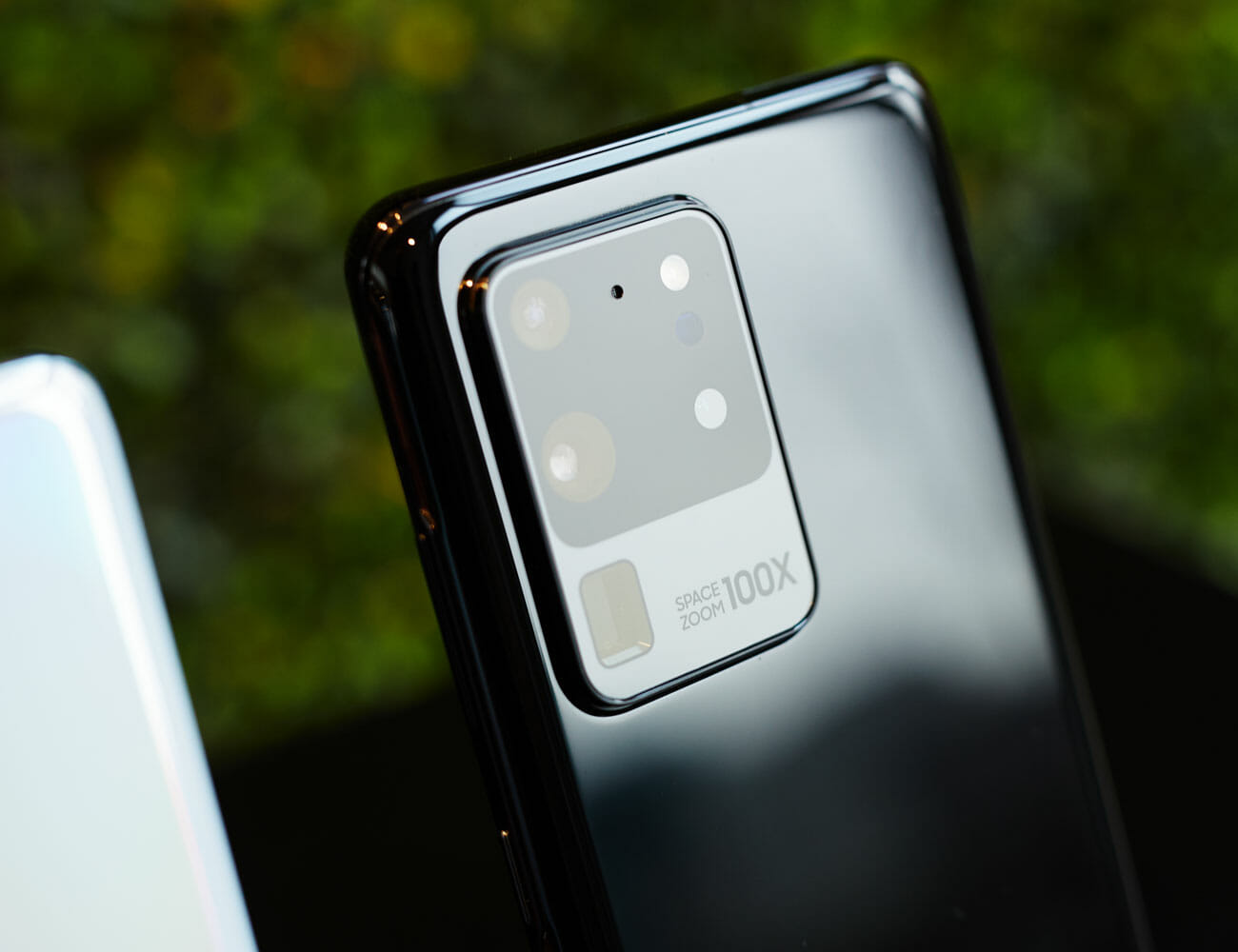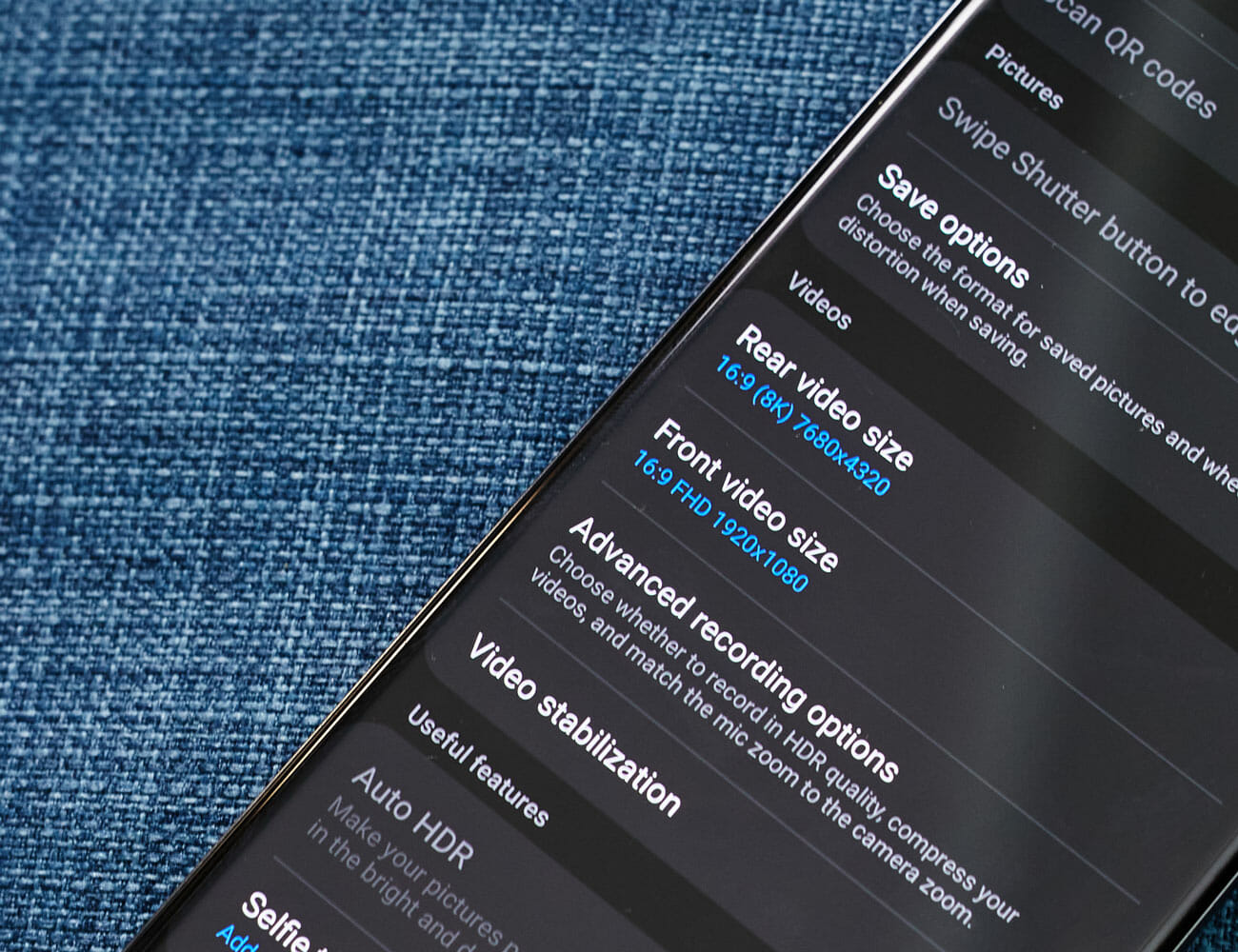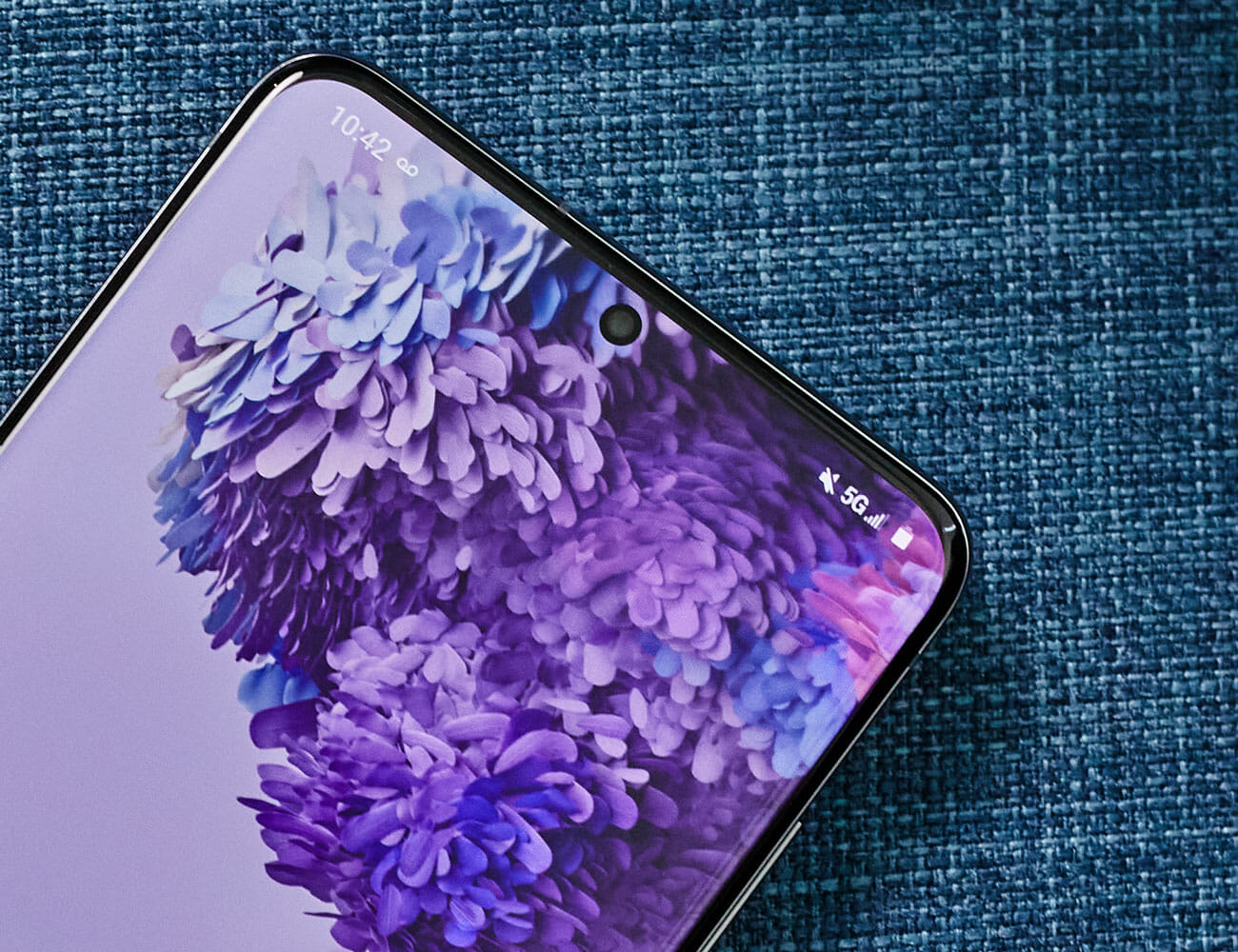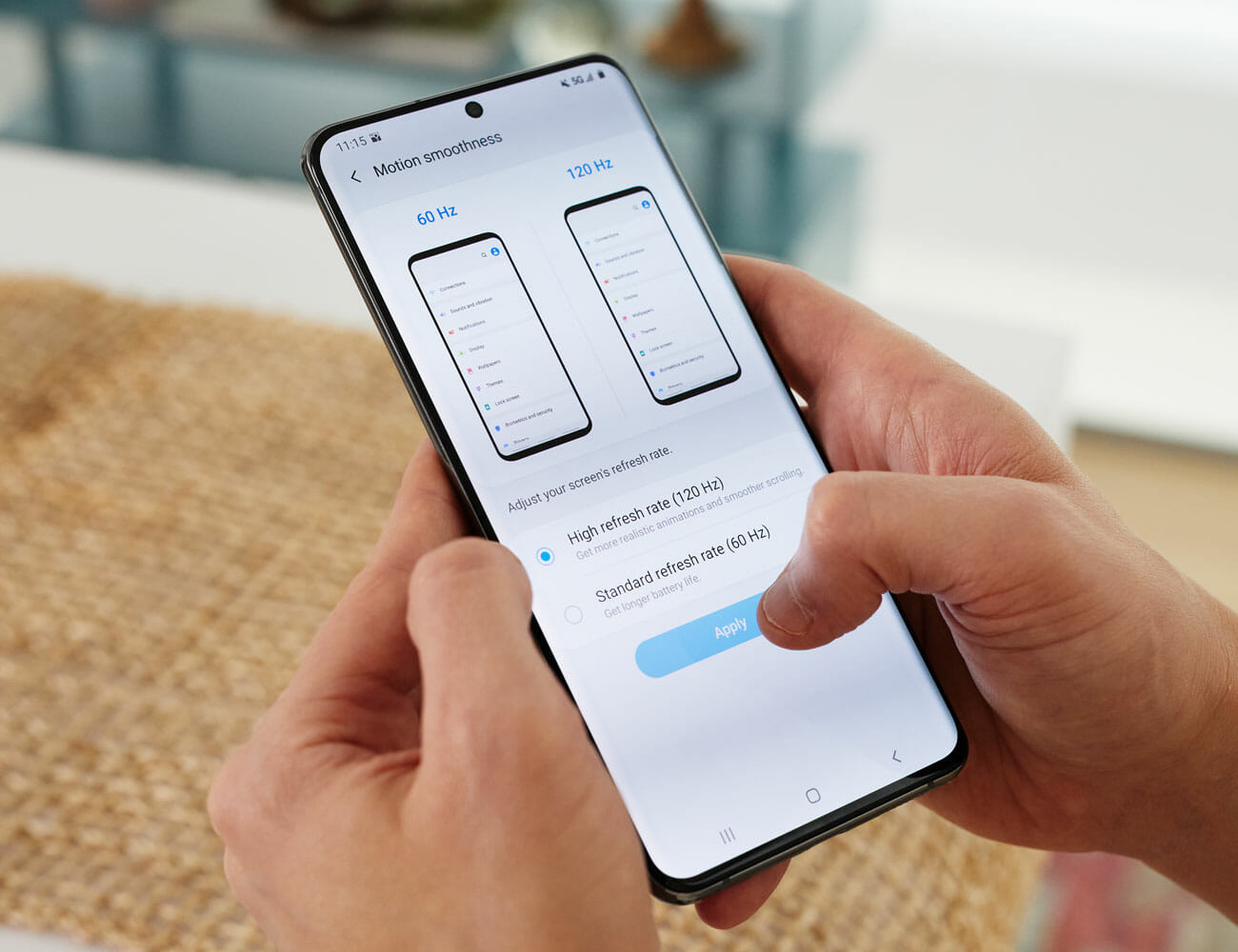Samsung just announced its latest pack of flagship smartphones. In total, there are three. The Galaxy S20 (6.2″) and the Galaxy S20+ (6.7″) are the next generations of the Galaxy S10 and Galaxy S10+ smartphones, complete with a new naming scheme. And then there’s the Galaxy S20 Ultra (6.9″), which is an all-new supercharged phone with an unprecedentedly good camera.
Save for the huge rectangular camera systems on the back, the Galaxy S20s look very similar to their predecessors, but there are a number of huge differences hiding in plain sight. Here’s what you need to know:
A Better Camera with Big, Big Zoom


Cameras continue to be a primary reason people upgrade their smartphones and Samsung’s new Galaxy S20 family goes big on this front. According to Samsung, the Galaxy S20’s sensor is three times larger than the Galaxy S10’s, giving it better low-light shooting capabilities, better clarity and the ability to capture super high-res photos (up to 64-megapixels on the Galaxy S20 and S20+, and up to 108-megapixels on the Galaxy S20 Ultra). That extra resolution is crucial when you are trying to zoom in digitally or crop in the latter of which helps you shoot better landscape or group photos, or zoom-in or crop them in post.
And the zoom is where Samsung Galaxy S20 smartphones really stand out. The Galaxy S20 Ultra, the most impressive of the bunch in this regard, has a sideways optical zoom lens tucked into its camera bump, sporting its own 48-megapixel sensor. The result is that it can zoom up to 10x optically, that is to say, with no decrease in quality. And from there, it can zoom up to 100x digitally, though you’ll suffer some loss of quality at extremes like that. On the Galaxy S20 and S20+, the optical zoom is 3x, with a max of 30x digitally. This is still decently better than the 2x optical zoom and 10x digital zoom on the Galaxy S10.
8K Video and Night Hyperlapses


All three Galaxy S20 smartphones are, for the first time, capable of recording 8K video at 24fps. They have Samsung’s built-in tools that let you edit videos in 8K or downconvert them to 4K if you want to share with somebody who doesn’t have a device that can view 8K content. Samsung improved the image stabilization when recording videos, as well.
Additionally, all Galaxy S20 smartphones have a new “Night Hyperlapse” feature that allows you, with a simple tap, to shoot long exposures at night. There’s a new “Single Take” mode that allows the camera to take 10 seconds of video, but the smartphone will also take photos with all its different lenses, so you’ll get a lot of different photos and a 10-second video.
Bring on 5G, Baby.


The Galaxy S20, S20+ and S20 Ultra is Samsung’s first family of smartphones that are all 5G-enabled. Last year, Samsung launched the Galaxy S10 5G, which was the company’s first 5G smartphone, but it was more expensive and very limited. This year they’re all getting that 5G treatment by default — but they don’t all sport the same 5G speed.
The Galaxy S20+ and S20 Ultra — the two bigger smartphones and more expensive smartphones — will have slightly better and faster 5G capabilities than on the regular Galaxy S20. This is because they support both flavors of 5G, sub-6 and hyper-fast-but-extremely-short-range millimeter wave, while the Galaxy S20 only supports the slower but more broadly available sub-6. Essentially, this allows the Galaxy S20+ and S20 Ultra to unlock 5G’s most extreme speeds, but only if you have a plan that supports it and you’re inside the coverage range.
A 120Hz Refresh Rate


At first glance, it might seem like Samsung hasn’t done much to change the displays on its Galaxy S20 lineup. They’re still dynamic AMOLED and they look virtually identical. (The front camera still has that hole-punch design, which Samsung says the S20’s is slightly smaller than on the ones on the S10.) But these are Samsung’s first smartphones to have a 120Hz refresh rate, which is double the refresh rate on the S10, and gives on-screen animations an uncanny smoothness and makes them even better for mobile gaming (less lag, more accuracy).
Additionally and related to gaming, Microsoft’s Forza Street is going to be available on Galaxy devices, which is the first time you’ll be able to play the game on mobile.
Note: The default refresh rate on all Galaxy S20 smartphones is 60Hz, but you can change it to 120Hz in Settings. There’s no adaptive refresh rate like we’ve seen some other smartphones, where it automatically switches between 120Hz and 60Hz depending on what you’re doing.
A Cool New Way to Share Music
The Galaxy S20 has a feature called “Music Share” that allows you to share out your Bluetooth connection from your device to other devices. Essentially, if you are streaming music from your smartphone to a Bluetooth speaker or your car’s radio, “Music Share” allows your friend to connect to your smartphone (via Bluetooth) and then play their music. It eliminates the need to unpair and re-pair your smartphone. It’s an innovative way to distribute the DJ responsibilities at a party or on a long road trip.


Price, Availability and Everything Else
All of Samsung’s Galaxy S20 smartphones will come with a 25-watt charger in the box, and the S20 Ultra will support up to 45-watt charging. The base models for every smartphone will come with 12GB of RAM and 128GB of storage, with 512GB storage configurations available on the Galaxy S20+ and S20 Ultra.
Preorders for all Galaxy S20 devices will start on February 21 and run through March 5. They’ll be available to buy online and in stores on March 6. The Galaxy S20 starts at $1,000. The Galaxy S20+ starts at $1,200. And the Galaxy S20 Ultra starts at $1,400. If you pre-order any of these devices you’ll get a $100, $150 or $200 credit, respectively, to Samsung.com.
The Gear Patrol Commuter, made in tandem with Priority Bicycles, was inspired by — and tested on — the streets of New York City. Streamlined for your everyday grind, it a pairs a durable, easy-to-maintain feature set with an understated colorway you won’t find anywhere else. Buy Now: $899 $799



